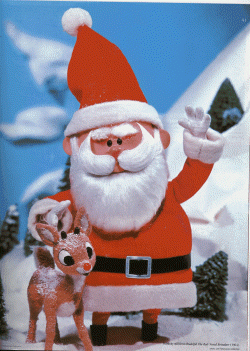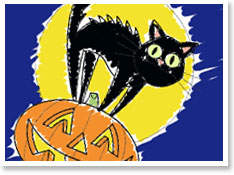So, to continue–just a bit longer–this discussion of how cars, car culture, and my childhood love of Hotwheels and all things automobilic influenced my burgeoning interest in art, I want to talk about fifth grade.
In fifth grade, I became friends with a guy named Thomas (pictured here, from my fading fifth grade class photo):

Thomas was the first friend who became a partner-in-crime, with whom I had similar enough sensibilities that we began to encourage each other’s interests and talents. By this I mean, as all the other boys were comparing notes on which was their favorite NFL team and which girl they hated the most, he and I drew pictures, wrote stories, and made up games that only we two appreciated.
I don’t mean to put too much of a fine point on this, but Thomas was probably my first artistic collaborator. One thing we often did share with each other were our drawings of cars and car-related stuff. For instance, Thomas invented the “race-track drawing,” which quickly became a staple of our classtime doodling and note-passing. This was a drawing of a fantasy race track for cars, rendered from a bird’s-eye view looking down at the race in progress.
We spent a lot of time drawing these over multiple sheets of paper that we would tape together, and we ever were competing with each other to come up with ever-more creative trappings on our courses–jumps, loop-de-loops, chasms, shark ponds, rough terrain, etc–and ever-more outlandish race cars.
I have no idea what happened to Thomas–where he ended up going to school or where he lives now–as my family moved an hour east in the middle of that school year. I never saw Thomas or any of those kids again, and, lacking my artistic collaborator, I gave up making race track drawings altogether…
And while I’m not saying that the race-track drawings were any kind of great art, I should add that fifth grade was the year that I first began to be widely identified–by parents, grandparents, teachers, fellow students–as someone with “artistic talent.” The school art teacher–who came in to teach lessons only once a week usually–actually asked my parents if she could give me private lessons, a luxury we could not really afford at the time.
As proof of this growing art-identity, consider this–my class photo from that year. You’ll note the artistic trappings on my shirt; those are paint brushes:

Man, I liked that shirt. I wouldn’t mind having one like it today.







